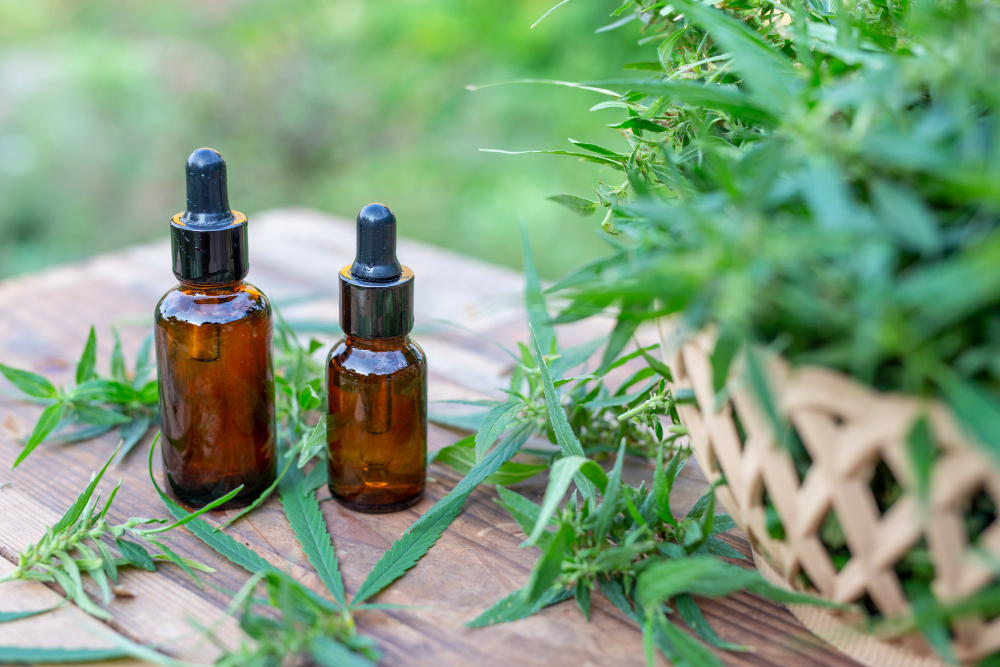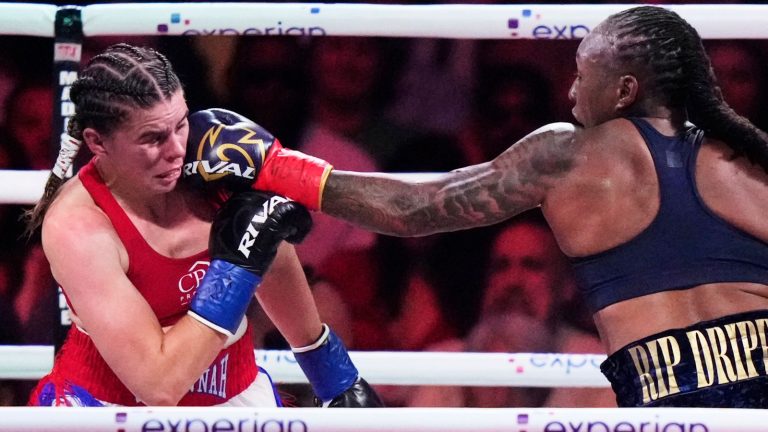Cannabis is everywhere these days, from lotions and lattes to tinctures and treats. But even as these products go mainstream, most people still don’t quite understand what they’re actually using.
The terms CBD, marijuana, and hemp get tossed around like they’re interchangeable, but they’re not, and lumping them together is like confusing wine, grape juice, and vinegar. Sure, they come from the same plant family, but they’re wildly different in use, effect, and legality.
So whether you’re curious about trying CBD, thinking about growing hemp, or just wondering why marijuana is still such a legal minefield, you’re not alone. Let’s break down what these cannabis-related terms really mean, and how they differ in everything from chemical makeup to federal law.
Cannabis 101: Same Species, Different Stories
CBD, marijuana, and hemp all trace their roots back to the same plant species: Cannabis sativa. But don’t let that single Latin name fool you; this plant is a master of reinvention.
Botanically, Cannabis sativa has the genetic range to express itself in diverse ways, much like how Great Danes and chihuahuas both fall under the “dog” category, even though you’d never confuse one for the other.
What really separates these cannabis products is their chemical makeup, especially when it comes to THC, or tetrahydrocannabinol. That’s the psychoactive compound responsible for marijuana’s signature high.
Legally, hemp contains 0.3% THC or less by dry weight, while marijuana varieties often clock in anywhere from 5% to over 30%.
So while hemp and marijuana technically come from the same botanical lineage, the way they affect your body and the way the law treats them couldn’t be more different. It’s the cannabis version of nature vs. nurture, and both are shaping the way we experience this plant.
Don’t be surprised if what you can use boils down to the legal issues. At a federal level, you can buy all the hemp-derived products in bulk wholesale at icanbiz; however, whether you are truly allowed to use them will depend on what your state allows.
Marijuana: High in THC and Controversy
Let’s start with the most well-known (and misunderstood) member of the cannabis family: marijuana. With high concentrations of THC, marijuana is the plant that gives users a mind-altering “high.” It’s what people have smoked, baked, vaped, and argued over for decades.
In addition to its recreational use, marijuana also contains CBD and a slew of other cannabinoids, compounds that interact with the body’s endocannabinoid system.
While its THC content is what gets you high, researchers are increasingly looking at how marijuana’s complex mix of cannabinoids might offer therapeutic benefits. It’s been studied for conditions ranging from epilepsy and chronic pain to glaucoma and even opioid-dependency disorder.
But here’s the catch: even though the public is warming up to marijuana (with 67% of U.S. adults supporting legalization), the federal government still classifies it as a Schedule I substance, putting it in the same legal category as heroin.
That makes it extremely difficult to conduct large-scale medical research, even though many doctors and scientists believe it has legitimate therapeutic potential.
As of now, 15 states (and counting) have legalized marijuana for recreational use. Still, you can’t legally transport it across state lines, and under federal law, you could technically still be prosecuted for possessing it, even in a legal weed state.
However, if you live in a state where it is legal, you can enjoy its multitude of exciting strains to get the benefits and experience you desire.
CBD: Everyone’s Favorite Wellness Supplement with a Legal Edge
Now let’s talk about CBD, or cannabidiol, a cannabinoid that’s taken over the wellness world in recent years. Unlike THC, CBD is non-psychoactive. It doesn’t get you high, which makes it a lot more palatable (and legal) to a broader audience.
CBD interacts with the body’s endocannabinoid receptors, playing a role in functions like mood regulation, appetite, and pain sensation.
While clinical research is still in its early stages, one thing is clear: CBD is clinically proven to treat certain types of epilepsy, and anecdotal reports suggest it might also help with anxiety, inflammation, insomnia, and chronic pain. But, it comes with a challenge of which type to choose.
What makes things a little murky is the variety of CBD product types on the market:
- CBD isolate is pure CBD, with all other cannabinoids, terpenes, and flavonoids stripped away.
- Broad-spectrum CBD includes other cannabinoids (excluding THC) along with terpenes and flavonoids.
- Full-spectrum CBD contains all of the above plus up to 0.3% THC—just enough to fall within the federal legal limit but not enough to get most people high.
CBD can be found in tinctures, oils, balms, capsules, gummies, and even pet treats. But not all products are created equal. Because the FDA doesn’t regulate CBD in the way it regulates over-the-counter medication, it’s up to the consumer to vet product quality.
Look for third-party lab testing, QR codes that link to certificates of analysis, and brands that are transparent about their sourcing and manufacturing.
Hemp: The Eco-Friendly Powerhouse
Hemp might be cannabis’ least sexy product, but it’s definitely the most versatile. Hemp refers to any Cannabis sativa plant with THC levels below 0.3%. It’s low in THC but can still be rich in CBD, making it a goldmine for wellness products and industrial use.
Unlike marijuana, hemp isn’t grown for intoxication. It’s grown for its stalks and seeds, which are used in textiles, paper, rope, biofuel, biodegradable plastics, and more.
Hemp seeds (or hempseed oil) are also nutritional powerhouses, rich in omega-3 fatty acids and protein, but don’t confuse them with CBD oil. Hempseed oil doesn’t contain any cannabinoids.
Hemp is also incredibly eco-friendly. It grows fast, requires minimal pesticides, and uses far less water than traditional crops like cotton. For sustainability-minded consumers, hemp is a dream.
The 2018 Farm Bill made it legal to grow and sell hemp in the U.S., which unlocked a wave of innovation. Still, not every state interprets that law the same way, especially when it comes to hemp-derived CBD.
The Legal Gray Area
So here’s where it gets messy. You’d think that with hemp being federally legal, CBD from hemp would be legal too, right? Technically, yes. But in reality, CBD still lives in a legal gray zone.
Some states, like Nebraska and Idaho, continue to treat CBD products, regardless of their THC content, as controlled substances.
This means you can legally buy CBD in one state, then get in trouble for carrying it across the border into another. It’s a confusing and frustrating patchwork of laws, and it keeps a lot of people from accessing potentially helpful products.
Meanwhile, marijuana-derived CBD (which contains more than 0.3% THC) is only legal in states that have specifically legalized marijuana. So the origin of the CBD matters just as much as the cannabinoid content.
This disconnect between public opinion and federal policy is stark. While most Americans view CBD and hemp as wellness products—more like Tylenol than heroin—the DEA still classifies marijuana and its derivatives as having “no accepted medical use and a high potential for abuse.”
And yet, legal marijuana is booming. Retail sales are projected to hit $8.7 billion, up from $6.7 billion just a few years ago. The cannabis train has clearly left the station; lawmakers are just scrambling to catch up.
How Legal Shifts Are Redefining Access
The 2018 Farm Bill legalized hemp cultivation in the U.S., but that legislation didn’t just open up fields for farmers; it cracked open the door for a booming CBD market. Suddenly, hemp-derived products started showing up everywhere, from boutique wellness shops to big-box retailers.
But while the shelves are stocked, regulation hasn’t exactly kept pace. The FDA has yet to fully step in with standardized guidelines, leaving quality control up to third-party labs and consumer vigilance.
Meanwhile, pharmaceutical companies are eyeing cannabinoids for more clinical applications, signaling a future where cannabis could move from alternative remedy to mainstream medicine. We’re watching a green industry transition from fringe to front page in real time.
Cannabinoids: Beyond Just THC and CBD
While THC and CBD are the best-known cannabinoids, they’re far from the only ones. Cannabis plants contain hundreds of cannabinoids, each with its own potential effects. One rising star is CBG (cannabigerol), which some experts believe could be the next big thing in cannabis wellness.
The science is still catching up, but interest in the entourage effect—how cannabinoids work together in synergy—is fueling new research. It’s not just about what one cannabinoid does on its own, but how it interacts with the others to amplify benefits or moderate side effects.
Unfortunately, because cannabis remains federally illegal, research into these lesser-known cannabinoids is still limited. But with demand growing and social attitudes shifting, it’s likely we’ll see more comprehensive studies in the years ahead.
The Entourage Effect: Why Cannabis Compounds Work Better Together?
There is beauty to using a broad-spectrum version of any cannabis, and its due to one of the most intriguing ideas in cannabis science called the “entourage effect.”
This theory states that cannabinoids like CBD and THC are more effective when they’re taken together, along with the plant’s natural terpenes and flavonoids. In other words, the sum of the plant’s compounds may be greater than its parts.
This effect helps explain why some people find full-spectrum CBD products more effective than isolates. It also fuels ongoing research into how these compounds interact, enhancing or modulating each other’s effects.
Think of it like a band—CBD might be the lead singer, but without the backup vocals and rhythm section, you’re not getting the full experience.
Final Thoughts
The cannabis world is full of promise, but also a whole lot of confusion. But as long as you remember the basics, you will not be lost in an aisle full of cannabis products.
Just remember that marijuana is high in THC, gets you high, and is still federally illegal, but legal in many states for medical or recreational use.
CBD is a non-intoxicating cannabinoid with growing therapeutic potential. It’s legal if derived from hemp, but only in some states.
Hemp is the overachiever of the cannabis family. It’s used for everything from textiles to wellness supplements and is federally legal, though state laws vary.
The more you know about these products, the more empowered you are to make smart, safe, and intentional choices.
Whether you’re looking for pain relief, relaxation, or sustainable alternatives, understanding the difference between hemp, CBD, and marijuana is the first step toward using cannabis wisely.








